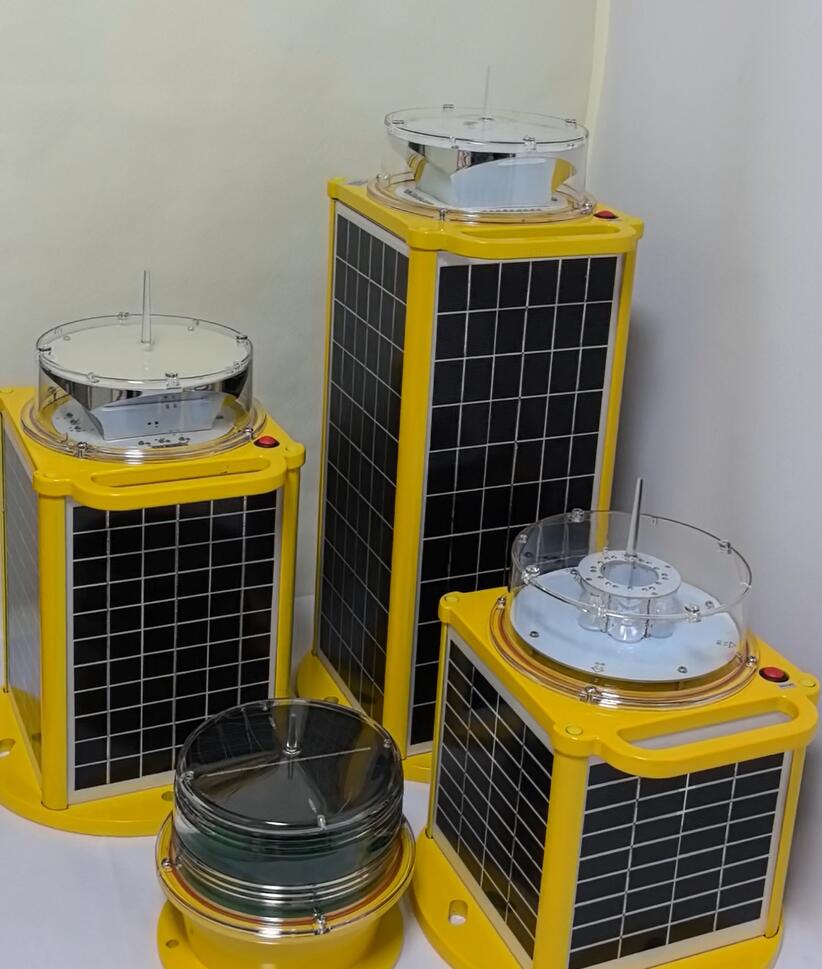Solar Marine Lanterns: The Future of Eco-Friendly Waterway Illumination
Introduction: Lighting the Way Sustainably
In an era where environmental consciousness meets technological innovation, solar marine lanterns have emerged as game-changers for maritime navigation and safety. These self-sufficient beacons harness the sun's power to illuminate waterways while eliminating the need for traditional power sources, making them indispensable for modern marine applications.
Why Solar Marine Lanterns Are Revolutionizing Waterways
Unmatched Energy Efficiency
Convert sunlight into clean electricity

Operate independently of electrical grids
Provide reliable lighting without fuel consumption
Enhanced Safety Features
Ensure consistent visibility for night navigation
Reduce accidents in busy shipping lanes
| solar marine lanterns |
Maintain operation during power outages
Environmental Stewardship
Zero carbon emissions
No risk of oil or fuel spills
Silent operation protects marine life
| solar marine lantern |
Cutting-Edge Technology Behind Modern Solar Marine Lanterns
Advanced Solar Components
High-efficiency monocrystalline panels
360° sun-tracking capability in premium models
Anti-reflective coatings for maximum light absorption
Intelligent Power Management
Marine-grade lithium-ion batteries
Smart charging controllers prevent overcharging
Low-temperature charging capabilities
Durable Lighting Systems
Ultra-bright LED arrays (up to 10,000 lumens)
Multiple flash patterns for different applications
Corrosion-resistant aluminum alloy housing
Key Applications Transforming Marine Safety
Navigation Aids
Channel markers and buoys
Harbor entrance lights
Bridge illumination systems
Commercial Marine Uses
Offshore platform lighting
Aquaculture farm perimeter markers
Fishing zone identification
Emergency & Security
Disaster response lighting
Search and rescue operations
Port security illumination
Installation and Maintenance Advantages
Simple Deployment
No underwater cabling required
Modular designs for easy replacement
Flexible mounting options
Minimal Upkeep
Self-cleaning solar panels
Automatic performance monitoring
Annual system checks recommended
Technical Comparison: Solar vs Traditional Marine Lanterns
Feature Solar Marine Lantern Conventional Lantern
Power Source Solar + Battery Grid/Generator
Maintenance Interval 12-24 months Monthly
Operating Cost Near zero High
Installation Quick deployment Complex wiring
Environmental Impact None Significant
Global Impact and Industry Adoption
The shift to solar marine lanterns demonstrates:
45% annual growth in coastal installations
70% reduction in maintenance costs for port authorities
100% reliability in remote locations
Significant decrease in light pollution
Selecting the Right Solar Marine Lantern
Key considerations include:
Marine Certification
IALA compliance standards
COLREG navigation requirements
Regional maritime regulations
Performance Specifications
Luminous intensity (candelas)
Nighttime visibility range
Flash characteristics
Durability Factors
Storm and hurricane resistance
Saltwater corrosion protection
UV radiation tolerance
Emerging Innovations in Solar Marine Lighting
The next generation of solar marine lanterns will feature:
Hybrid wind/solar power systems
Submersible designs for floating applications
AI-powered predictive maintenance
Self-healing materials for extended lifespan
Integrated IoT connectivity for remote management
Charting a Sustainable Course
Solar marine lanterns represent more than just illumination—they embody the maritime industry's commitment to sustainable innovation. By combining renewable energy with robust marine engineering, these systems provide reliable navigation solutions while protecting delicate aquatic ecosystems.
As technology advances, solar marine lanterns will become smarter, more efficient, and increasingly vital to global marine infrastructure. For port authorities, naval architects, and marine operators, adopting this technology isn't just an environmental choice—it's a practical investment in safer, cleaner, and more efficient waterways.
